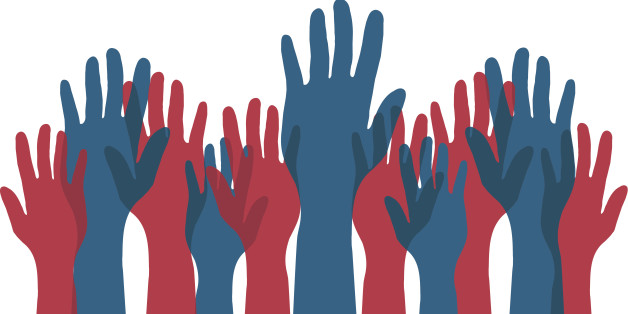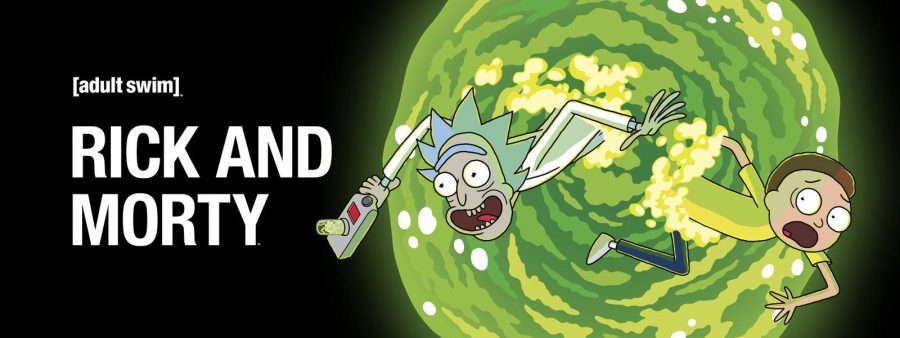By Roxanne Lee
Staff Writer
Some might question the value of learning about many kinds of science, as many people assume they will not use them in their careers and everyday activities. But gaining even rudimentary knowledge about the most common scientific fields has worth, and said worth was demonstrated with the recent case of the Triton Scuba Mask.

Revealed as a concept at the tail end of 2013 by South Korean designer Jeabyun Yeon, the Triton Scuba Mask was meant to work as a portable oxygen respirator. Simply by biting on the mouthpiece, the user would be able to filter oxygen directly from the surrounding water with two small cylinder arms attached to the mouthpiece, without having to use the heavy external air tank that is typically used in scuba diving. The device would be powered by a small rechargeable microbattery.
It was fairly popular online, but was eventually dismissed as more of a concept than anything physically obtainable, and buzz around the device died down until early 2016. This year, an Indiegogo campaign was launched by the designers to make the Triton Portable Oxygen Respirator a reality. The original $50,000 goal was rapidly met and then exceeded—the campaign ultimately made $800,000. But did the mask actually work?
An explanation of the inner workings of the mask did not come from the creators. Both the Indiegogo page and website were light on the science of how the device worked, and when asked about the specifics of the device, the creators cited their lack of information as due to their patents.
A video was eventually uploaded by the creators of a working Triton prototype, but the video had so many cuts it was impossible to tell if it really showed the device working underwater for long periods of time, or if the diver in the video was just holding their breath.
The criticisms against the mask presented in 2013 and again in 2016 showcase the science of why the mask just cannot work as it is presented. To disprove the concept, one only has to look at basic biology and physics.
The Triton mask needs to extract enough air from the water to allow an adult human to breathe. The average human takes 500 mls of air per breath, and takes about 15 breaths per minute. To work properly, Triton would have to take in and filter 24 gallons of water per minute.
While this is not impossible, the required pump would be much bigger than the Triton. In addition, Triton would need to filter a certain amount of nitrogen for the user as well, as pure oxygen will kill a human. There are also issues in storing oxygen and delivering the correct amount and pressure to allow respiration.
How did the company react to mounting skepticism and criticism of their product by the scientific community? By starting over. In early April, the company ended their campaign and returned the $800,000 put up by backers. Soon after, they relaunched with a working prototype and a few key changes.
The revamped Triton mask will use a combination of filters and liquid oxygen containers, but the main downside to the new design is that customers will need to purchase new liquid oxygen canisters for every 45-minute use of the mask.
Fortunately for backers of the mask, customers received money back, but there’s still no guarantee that a refund will be afforded the next time an impossible device looks for funding.
A device similar to the Triton mask looked for backers this year as well: the GoBe, a device that developers claimed could monitor a number of bodily functions, such as caloric intake and stress levels, all by being in contact with the wearer’s skin. Just as with the Triton mask, the claims were impossible given our current technology and how the human body works, and again, as with the Trion mask, it made money back and more on its Indiegogo page, raising $1,080,585 for its goal of $100,000.
Such snake oil sales have been commonplace for most of human history, and they’re not going away any time soon. Hopefully, we can use the resources we have now to educate each other, and learn enough background in science to tell the difference between what’s real and what’s a fraud.




















